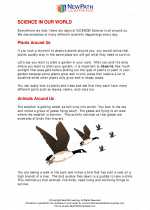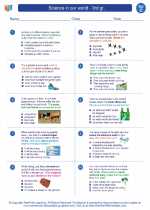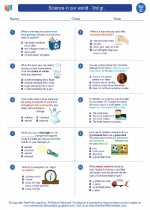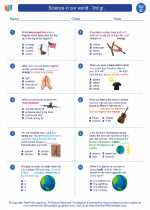Reproductive System
The reproductive system is a collection of organs and structures that are involved in the production of offspring. In humans, the reproductive system includes the male and female reproductive organs, as well as the hormones that regulate reproductive functions.
Male Reproductive System
The male reproductive system consists of the following organs:
- Testes: The testes are responsible for producing sperm and the hormone testosterone.
- Epididymis: The epididymis is a coiled tube where sperm matures and is stored.
- Vas deferens: The vas deferens is a long tube that carries mature sperm from the epididymis to the urethra.
- Prostate gland: The prostate gland produces a fluid that mixes with sperm to form semen.
- Penis: The penis is the male organ used for sexual intercourse and to deliver sperm into the female reproductive system.
Female Reproductive System
The female reproductive system consists of the following organs:
- Ovaries: The ovaries produce eggs and the hormones estrogen and progesterone.
- Fallopian tubes: The fallopian tubes are where fertilization occurs, as they transport eggs from the ovaries to the uterus.
- Uterus: The uterus is a muscular organ where a fertilized egg can implant and develop into a fetus.
- Cervix: The cervix is the lower part of the uterus that connects to the vagina.
- Vagina: The vagina is the female organ used for sexual intercourse and as the birth canal during childbirth.
Reproductive Hormones
Both males and females produce hormones that regulate the reproductive system:
- Testosterone: This hormone is primarily produced in the testes and is responsible for the development of male reproductive organs and secondary sexual characteristics.
- Estrogen and progesterone: These hormones are primarily produced in the ovaries and are responsible for the development of female reproductive organs, regulation of the menstrual cycle, and support of pregnancy.
Study Guide
To study the reproductive system, it's important to understand the structure and function of each organ in both the male and female reproductive systems. Additionally, it's crucial to grasp the roles of reproductive hormones and their effects on the body. Here are some key points to focus on:
- Identify and describe the major organs of the male and female reproductive systems.
- Explain the process of sperm production and the role of testosterone in males.
- Describe the menstrual cycle and the role of estrogen and progesterone in females.
- Understand the process of fertilization and the development of a fetus in the uterus.
- Discuss the role of the reproductive system in sexual reproduction and the transmission of genetic information to offspring.
By mastering these key points, you'll have a solid understanding of the reproductive system and its importance in the continuation of life.
.◂Science Worksheets and Study Guides Third Grade. Science in our world - 3rd gr.

 Worksheet/Answer key
Worksheet/Answer key
 Worksheet/Answer key
Worksheet/Answer key
 Worksheet/Answer key
Worksheet/Answer key
 Worksheet/Answer key
Worksheet/Answer key
